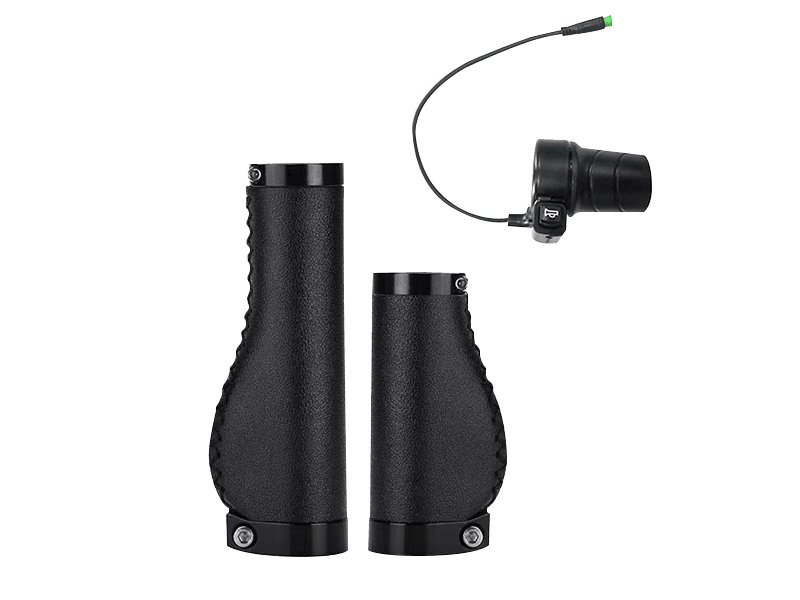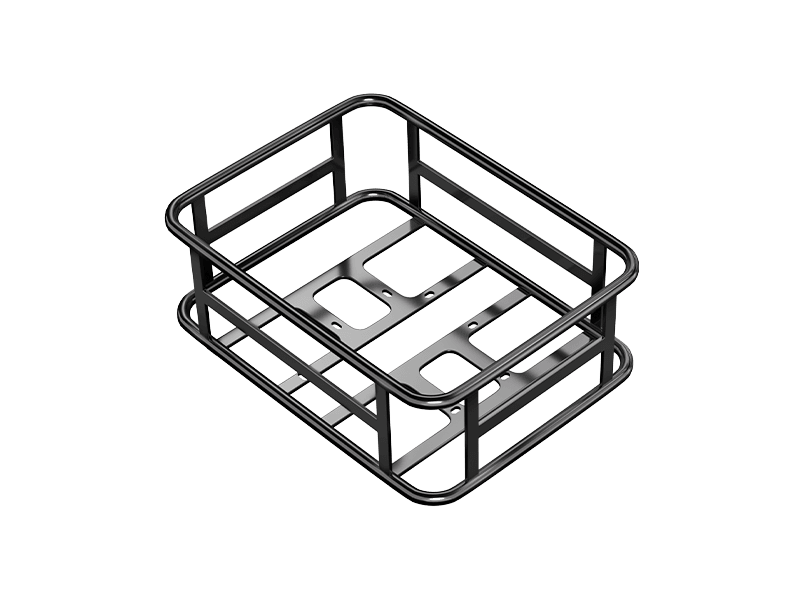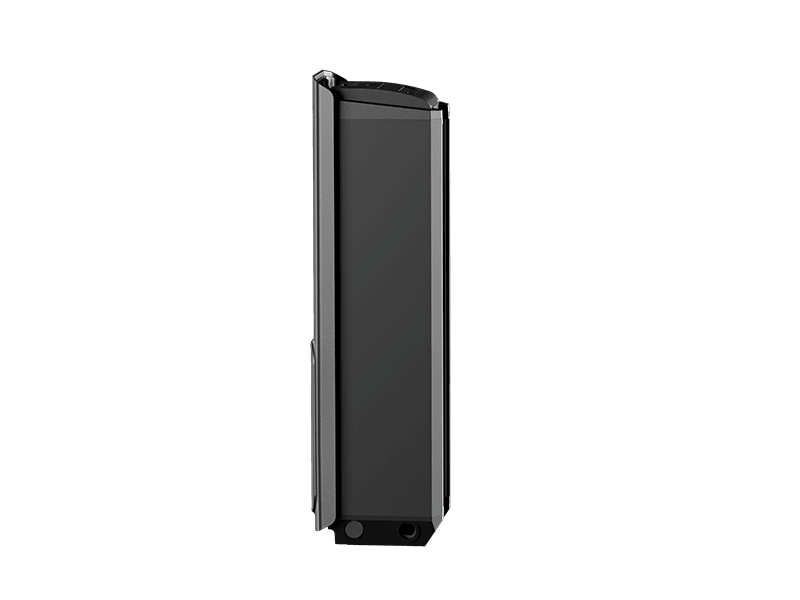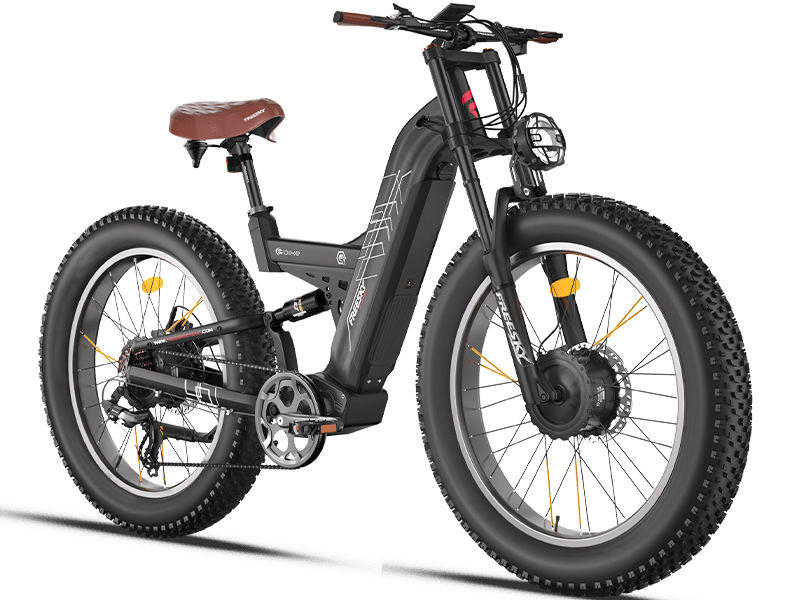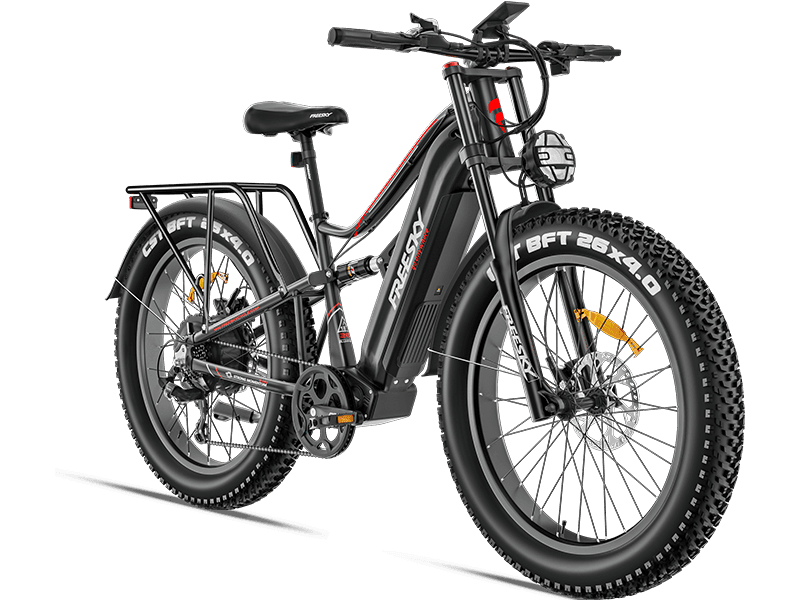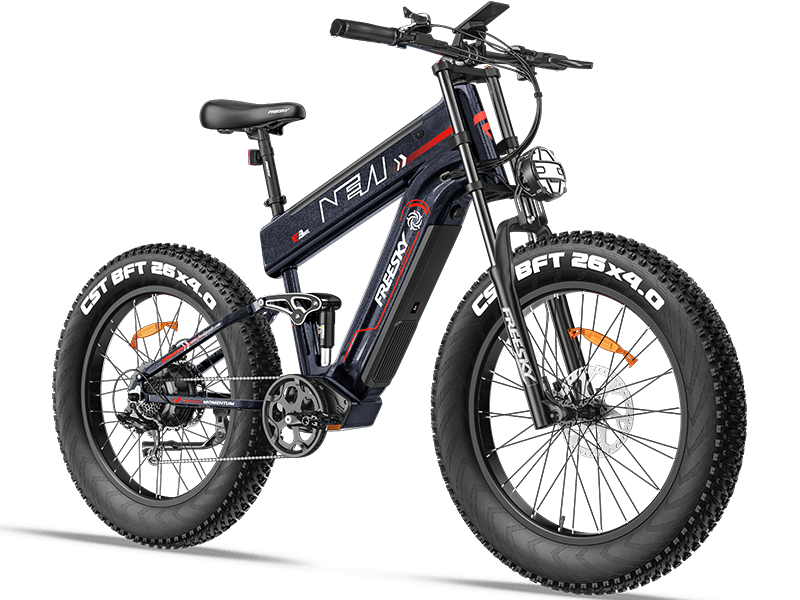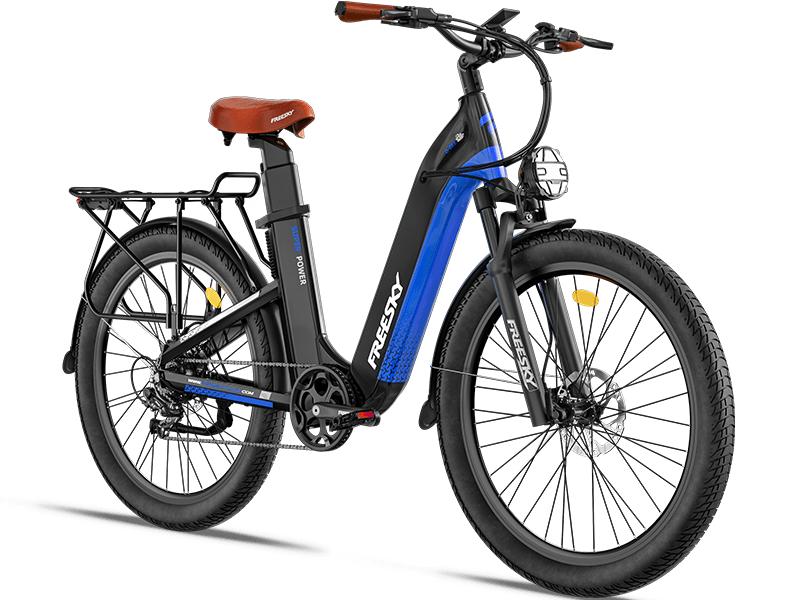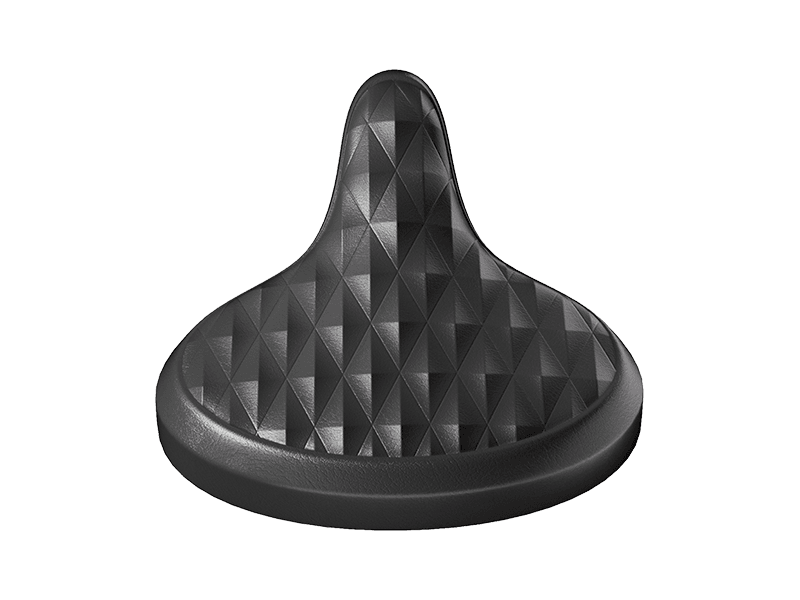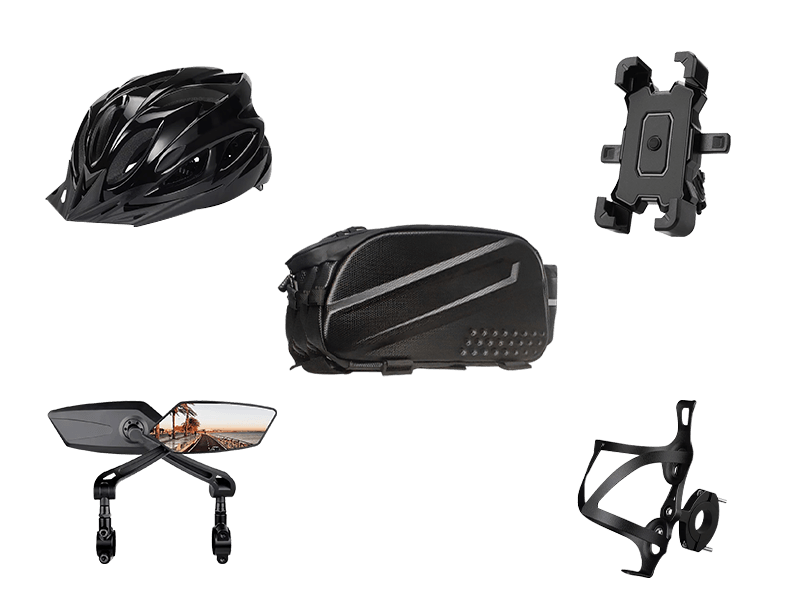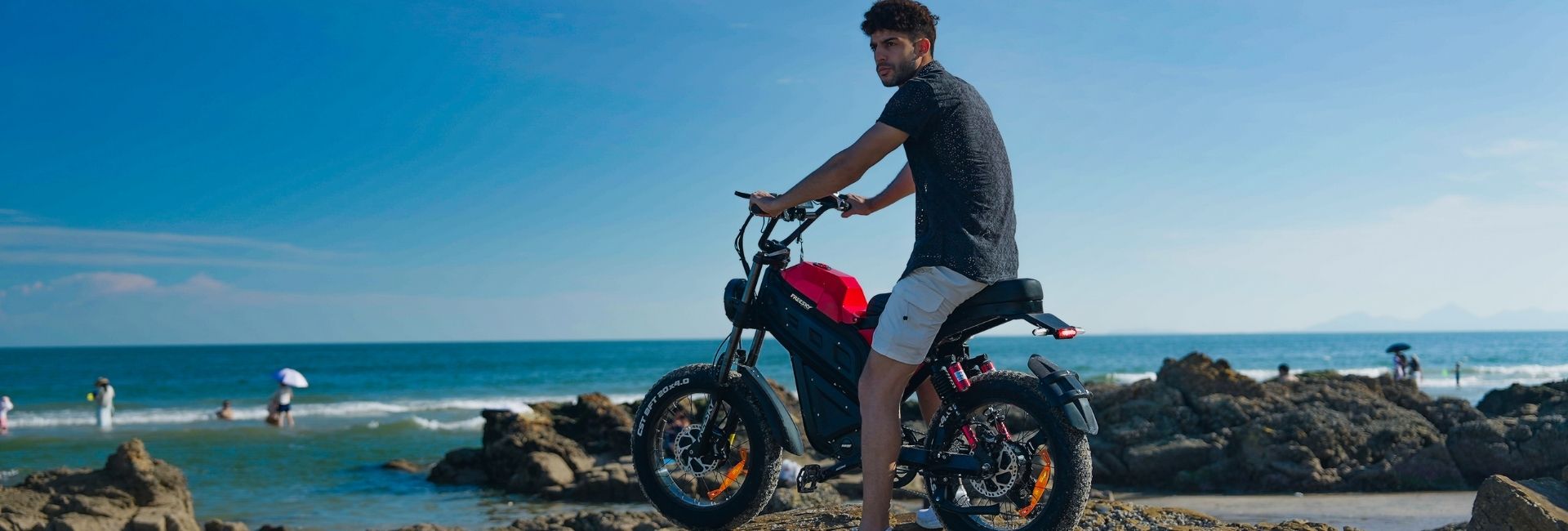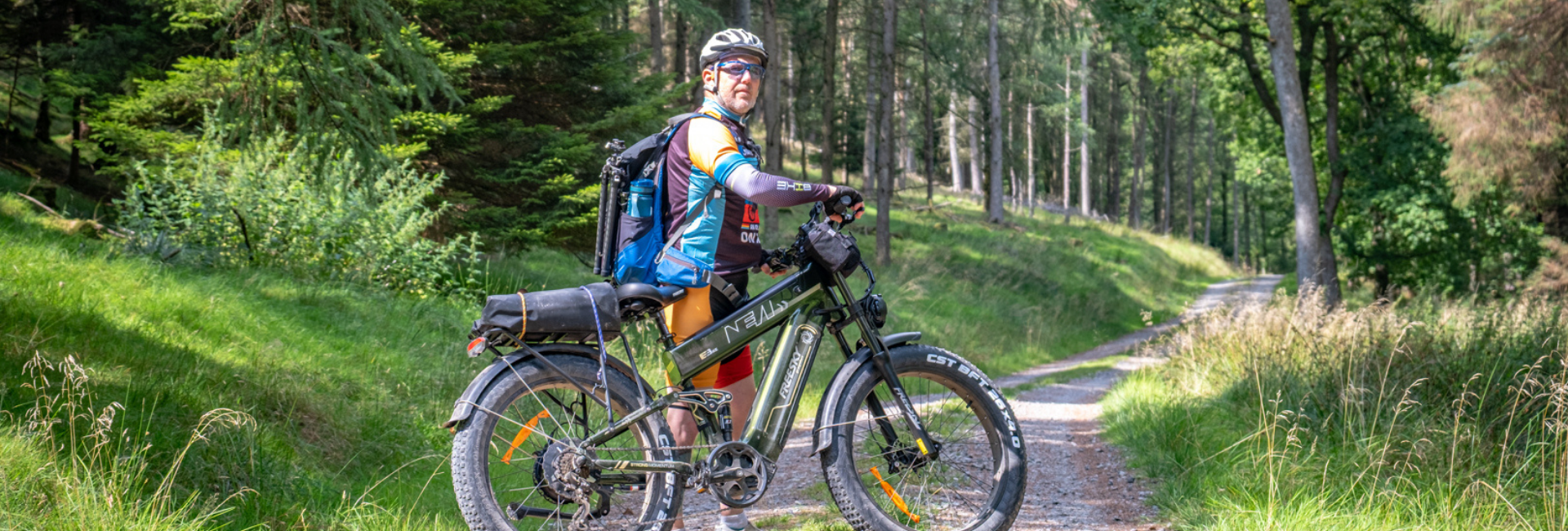Can Ebikes be Used for Mountain Biking?
MAR 26, 2024
In the modern age of technological advancement and innovation, electric bicycles, commonly known as ebikes, have emerged as a popular and convenient mode of transportation. With their ability to enhance rider efficiency and provide additional assistance, especially during uphill climbs, ebikes have attracted a diverse range of riders, from commuters to casual cyclists. However, the question remains: can ebikes be used for mountain biking?
Mountain biking is a challenging and thrilling sport that requires specific skills, equipment, and fitness levels. It involves riding bicycles off-road, over rough terrain, and often through mountainous regions. The sport demands a bike that is lightweight, durable, and capable of handling the rigors of the trail. Ebikes, on the other hand, are heavier and have motors that provide assistance, which might lead some to question their suitability for mountain biking.
Nonetheless, the design and performance of ebikes have significantly improved in recent years, and many models are now capable of meeting the demands of mountain biking. Modern ebikes utilize lightweight materials, keeping the overall weight manageable while maintaining sufficient strength and durability. Their motors have been optimized to provide appropriate assistance when needed, while also being able to be turned off or adjusted to minimal assistance mode, allowing riders to fully utilize their skills and physical strength.
Moreover, advancements in battery technology have resulted in ebikes with longer ranges and faster recharge times. This means that riders can enjoy extended sessions on the trails without worrying about running out of power. Additionally, the motors on modern ebikes are designed to be quiet and efficient, minimizing their impact on the natural environment and enhancing the riding experience.
In addition to technological and performance advancements, ebikes offer some unique advantages in mountain biking. For beginners or riders with limited physical capabilities, the assistance provided by ebikes can help them tackle steep hills and difficult sections more easily, boosting their confidence and participation. Furthermore, for older adults or those who want to reduce physical strain but still enjoy the thrill of mountain biking, ebikes present an ideal solution.
However, despite the potential benefits of ebikes in mountain biking, riders need to be aware of some challenges and considerations. Firstly, the added weight of ebikes can increase the difficulty of maneuvering on rough terrain. Riders need to become familiar with their bikes and learn to adapt to their unique handling characteristics. Secondly, the motors and batteries of ebikes can add complexity to maintenance and upkeep. Riders need to regularly check the battery status, motor performance, and braking systems to ensure safety and reliability.
Moreover, when selecting an ebike suitable for mountain biking, riders should pay attention to key features such as the suspension system, tire size, and traction. These factors directly impact the stability and traversability of the bike on mountainous terrain. Riders should also choose appropriate assistance modes and power settings based on their riding needs and skill levels.
In terms of safety, ebike riders engaging in mountain biking need to exercise extra caution. They should adhere to all applicable traffic rules and safety guidelines, including wearing appropriate protective gear, controlling speed, and avoiding risky behavior. Additionally, riders should familiarize themselves with and comply with local laws and regulations regarding the use of ebikes in mountainous areas.
Overall, while ebikes are not traditionally considered mountain biking tools, technological advancements have made them capable of adapting to the demands of mountain biking. For riders who want to enjoy the thrill of mountain biking but are limited by physical capabilities or other factors, ebikes present a viable option. However, riders must exercise caution and ensure safety when using ebikes for mountain biking, adhering to relevant regulations.
Furthermore, considering the environmental impact of mountain biking, ebikes offer significant advantages compared to traditional gasoline-powered motorcycles. They emit virtually no harmful emissions, making them environmentally friendly and beneficial for protecting mountain ecosystems and reducing air pollution. Additionally, the quiet nature of ebikes means they do not disturb wildlife or disrupt the natural tranquility of the mountains.
As technology continues to evolve and the market matures, we can expect ebikes to have even greater potential in the field of mountain biking. Future ebikes may incorporate more advanced battery and motor technology, further enhancing their performance and efficiency. Additionally, as people become increasingly aware of environmental protection and sustainable development, ebikes, as a green transportation mode, will play an increasingly important role in mountain biking.
However, it should be noted that ebikes may not be suitable for all types of mountain biking. For extreme terrain and high-difficulty challenges, traditional mountain bikes may still be the better choice. Therefore, when considering using ebikes for mountain biking, riders should make informed decisions based on their actual needs and skill levels.
In conclusion, while ebikes have the potential for use in mountain biking, riders need to be aware of the challenges and considerations involved. By choosing suitable models, mastering proper riding techniques, and adhering to relevant regulations, ebikes can be a fun and practical choice for mountain biking.


